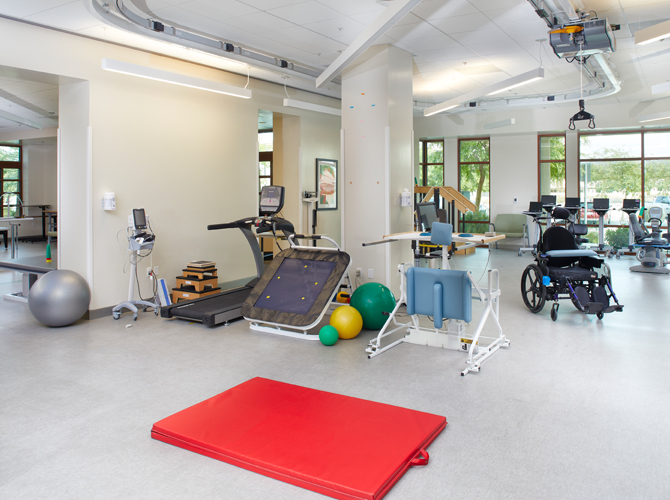Understanding various Techniques for Bodily Therapy toward Enhanced Rehabilitation as well as Recovery
Understanding various Techniques for Bodily Therapy toward Enhanced Rehabilitation as well as Recovery
Blog Article
Physiological therapy serves as one significant part of recovery and rehabilitation for a lot of individuals. It helps people restore power, improve flexibility, and alleviate discomfort after traumas or operations. There are approaches to bodily therapy, all designed to address the particular requirements of patients. Understanding these diverse approaches can help people take informed determinations about their rehabilitation process.
One common technique to physiological rehabilitation is physical therapy. Such method involves physical care by a physical specialist to adjust muscles and connections. Hands-on therapy can aid alleviate soreness, enhance circulation, and enhance range of motion. Therapists may employ methods such as massage, joint movement, and stretching to assist patients heal. This technique is often helpful for those with muscle and joint problems, such as lower back discomfort or joint inflammation, as it centers on the muscular elements of rehabilitation.
Another important technique is therapeutic physical activity. This method involves specific exercises designed to boost vigor, equilibrium, and dexterity. Bodily therapists design tailored physical activity programs based on the client's situation and aims. These activities can range from basic movements to further challenging tasks. Restorative exercise is vital for restoring vigor after an injury and avoiding future issues. This furthermore helps patients restore confidence in their physical capabilities, which is crucial for complete healing.
Aquatic treatment is another effective approach that utilizes aqua to assist in recovery. This approach utilizes the floatation of liquid, which lessens the stress on joints and enables simpler motion. Individuals can execute movements in a swimming pool, making it a fantastic choice for those with constrained movement or discomfort. Water-based treatment can aid improve strength, flexibility, and endurance while delivering a helpful space for rehabilitation. This is especially advantageous for clients rehabilitating from operations or those with long-term pain conditions.
Lastly, learning and autonomy are essential elements of physical rehabilitation. Physiological practitioners not just provide treatment but furthermore educate clients about their situations and how to handle them. This includes grasping anatomical function, position, and the value of remaining engaged. By empowering patients with knowledge, therapists aid them take an check this engaged role in their rehabilitation. Such technique motivates patients to persist their rehabilitation beyond the scope of therapy sessions, contributing to superior sustained results.
In conclusion, physical treatment offers various approaches to boost rehabilitation and restoration. Hands-on therapy, rehabilitative movement, pool treatment, and knowledge all serve significant roles in aiding individuals recover their power and mobility. Every method is customized to address the distinct needs of clients, guaranteeing a comprehensive technique to rehabilitation. With comprehending these different approaches, individuals can more effectively navigate their recovery journey and work towards achieving their healing objectives.